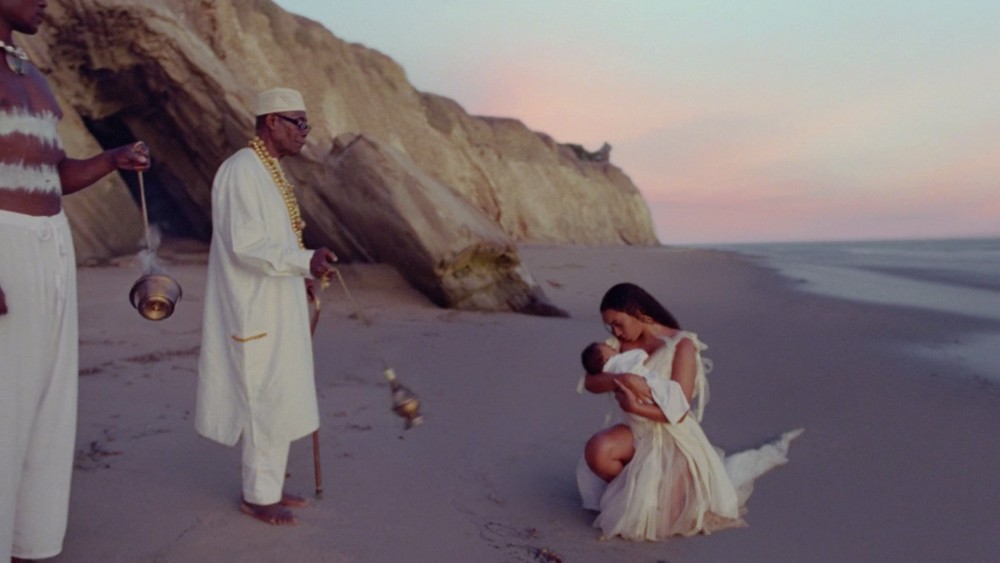Beyoncé’s new visual album draws from religious imagery

Beyoncé’s visual album Black Is King, released July 31 on Disney+, brings to life the music of her 2019 album The Lion King: The Gift.
Black Is King reimagines the story of The Lion King, which tells the tale of a young lion named Simba who flees home after his father, the king, is killed, only to rediscover himself and return years later.
“It is this human story of both Simba and black people—that we are trying to find home, come back to home and live into who we truly and fully are,” said writer and theologian Candice Marie Benbow.




